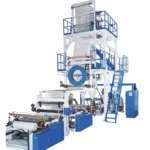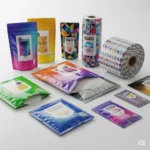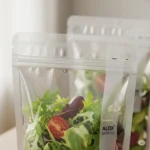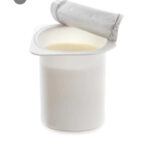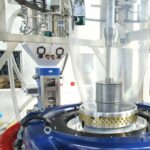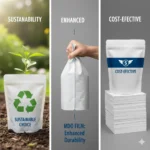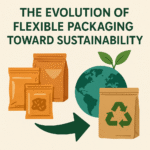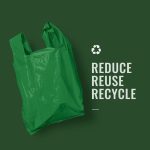Want to know about flexible packaging with industries expert. Brief discussion on flexible packaging market size, sustainability, industries trend, innovation and future of flexible packaging industries.
Defining Flexible Packaging: More Than Just a Wrapper
Flexible packaging refers to any package or part of a package whose shape can be readily changed when filled or during use. Unlike rigid materials like glass or metal, flexible materials can bend, fold, or stretch without compromising the integrity of the contents. Think chip bags, juice pouches, lidding films, or flow wraps on granola bars.
These solutions combine the best of plastic, paper, foil, and film to deliver performance while reducing material usage. Their design often merges functionality and marketing—serving both the engineer’s requirements and the brand manager’s vision.
A Brief Evolution of Flexible Packaging
The journey of flexible packaging began in earnest during the early 1900s, primarily with wax-coated papers used to preserve food. By the 1950s, plastics like polyethylene and polypropylene revolutionized the field, enabling heat-sealed bags and multilayer films. Over the decades, the sector evolved to accommodate barrier technologies, laminates, and digital printing—all designed to extend shelf life and enhance consumer interaction.
Today, flexible packaging is a $250+ billion global industry, driven by innovation and changing consumer lifestyles.
Materials Used in Flexible Packaging—and Why They Matter
The strength of flexible packaging lies in material science. Each component is chosen for a specific purpose:
- Polyethylene (PE): Offers excellent salability and flexibility. Commonly used in pouches, lamination, wrapping and bags.
- Polypropylene (PP): Adds rigidity, transparency and gloss, ideal for snack food, garment industries, protector sheet.
- Polyethylene Terephthalate (PET): Provides excellent tensile strength, transparency and barrier properties; used in printing & high-performance laminate structures.
- Aluminum Foil: Exceptional barrier against light, oxygen, and moisture—crucial for products like coffee or pharmaceuticals.
- Paper: Often added for texture, printability, or recyclability, especially in sustainable applications.
Multilayer laminates combine these materials to create custom solutions tailored to a product’s needs. For example, a pet food pouch might use PE for sealing, PET for strength, and foil for aroma retention.
Real-World Pros and Cons of Flexible Packaging
Advantages:
Lightweight: Reduces shipping weight, saving on fuel and emissions.
Customizable: Can be engineered to meet precise barrier, strength, sizes, shape and sealing requirements.
Cost effective: It is lower manufacturing cost & mass production.
Shelf Appeal: High-quality printing and unique shapes enhance brand visibility.
Space-Efficient: Takes up less room on shelves and in transit.
Convenience: Features like zippers, spouts, and tear notches add consumer value.
Disadvantages:
Recyclability Challenges: Multilayer films are often difficult to recycle in conventional streams.
Durability Limits: Less protection against crushing compared to rigid packaging.
Perception Issues: Consumers may view flexible materials as “less premium” despite high performance.
The pros often outweigh the cons, especially when lifecycle analysis is considered. For example, a flexible pouch for soup typically uses 70–80% less material and energy than a metal can, with a smaller carbon footprint across its life cycle.
Industry Trends and Environmental Considerations
Sustainability is no longer optional—it’s driving innovation in flexible packaging. Key trends include:
Mono-material structures: Easier to recycle than mixed-material laminates.
Compostable films: Emerging options made from biopolymers like PLA or starch blends.
Digital printing: Reduces waste and enables short-run customization.
Refill and reuse models: Brands are experimenting with flexible formats that support circular economy principles
Regulatory pressure and consumer demand are pushing brands to rethink packaging beyond aesthetics and function. Many are investing in recyclable pouches, post-consumer recycled (PCR) content, and better labeling to guide responsible disposal.
Looking Ahead: The Future of Flexible Packaging
As a packaging engineer who’s worked on everything from pharmaceutical sachets to biodegradable snack bags, one thing is clear: the future of flexible packaging is smarter, cleaner, and more circular.
We’re seeing rapid progress in barrier coatings that eliminate the need for foil, bio-based resins with commercial-scale viability, and AI-powered design tools that minimize material usage while maximizing performance.
Flexible packaging isn’t a trend—it’s a transformation. As brands aim for net-zero emissions and smarter packaging systems, the role of flexible formats will only grow. But success will hinge on solving recyclability and perception hurdles through better infrastructure, clearer communication, and sustained material innovation.
Final Word
Flexible packaging represents a powerful intersection of material science, consumer behavior, and sustainability. It’s not just about reducing weight or cutting costs—it’s about delivering products in a way that aligns with modern lifestyles and planetary limits. For brands, engineers, and consumers alike, understanding flexible packaging is key to navigating the future of responsible product delivery.

